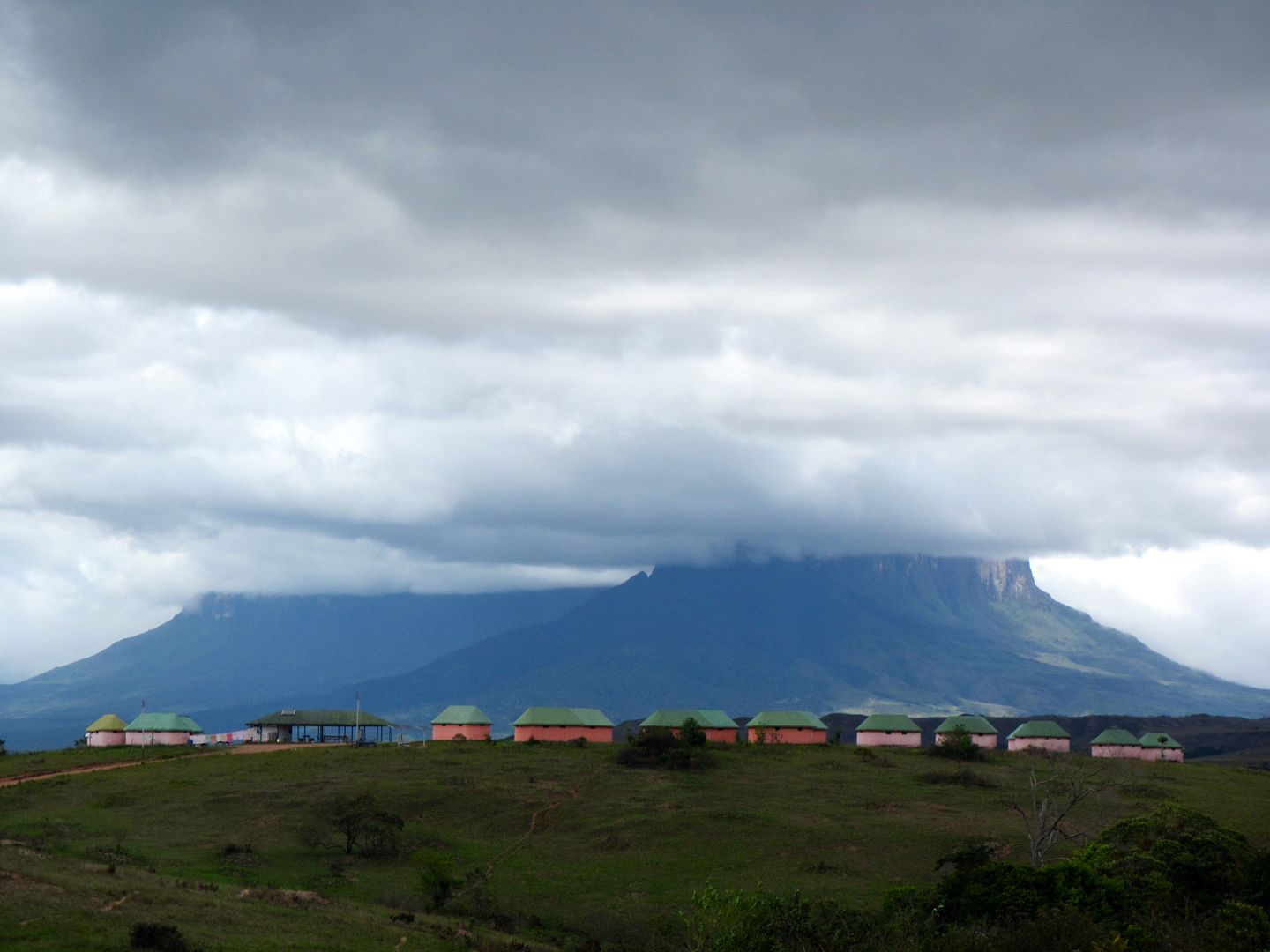
This is the dry season but it can rain every day on the mountain tops so we are prepared for all weather. The road is dusty but the deep ruts and gouged sides are testament to the deluges that frequent here during the wet season, making these roads difficult to impossible to pass.
The paths were dry and hard with periodic loose rocks followed by paths of larger rocks before becoming parched clay again; passing down across a couple of rivers flowing from the mountains in the distance, before rising again to the hilltops. It was an undulating narrow path, each hill taking us a little higher in total elevation and each peak bringing Roraima and Kukenan larger into our field of view.
They didn’t seem so far away but as the kilometres rolled on they didn’t seem to be getting closer very quickly. The sun was hot when not hiding behind the clouds and this walk sorted out the balance in the backpacks and muscles needed for the remainder of the trek. A number of hours later the now spread-out group reached the first camp where we offloaded our packs and refreshed in the mountain-chilled water nearby.
We had lots of time to relax and take photos, passing a few hours before our dinner of spaghetti bolognaise and way too strong coffee for that time of night. My strategy of bringing my beloved Exped mattress paid dividends from day one with everyone finding the thin inflatable or dense foam mattresses hard on the tough ground, while I amused the porters and guides with my snozzle-bag inflation device and 7cm thickness of my insulated mat. It was a jovial night with a few rums and beers to wash down the dust and soothe sore feet, muscles and insect bites. So-called Puri-Puri flies bite and leave a red blood spot on the top and several days of intense itchiness. I first encountered them in Socopó where I removed the blood clot on the top to my detriment; this action causes many days of discomfort from my thirty or so bites. Being a new insect to me I have no immunity to them but as time goes on they are less intense and I no longer remove the blood clot, and have become more vigilant about applying insect repellent.
After breakfast we were briefed about the day ahead. Nine kilometres to the second camp where we will have lunch then set up camp and prepare for the ascent to the mountaintop. It was hard to imagine being on top of the still distant monolith. Day two started with a descent to the river and a crossing over rocks with the flowing white-water splashing around each step. We all made it across without mishap which everyone was pleased about.
A few people walking back the other way would say it was only half an hour more, but they were working with gravity, not against it. Each hilltop promised to be the last, only to be replaced by another higher and steeper path. The sheer 400m walls of Roraima were getting closer with the impossible detail of our ascent become clearer and scarier.
Not the time to think of that now. Today was a hard day and the sore bodies from yesterday were now screaming with burning calf muscles and thighs, chaffed shoulders, sunburnt faces and necks and for some, the dehydration apparent from too little water during the day. My supply of electrolyte sachets found their first victims, including a precautionary one for myself. As if to laugh at us, the first track up from the river was a vertical muddy scar clearly visible amidst the jungle, a vertical smile telling us that if we thought today was hard, tomorrow will be ten times worse. Further up the side of the imposing rock wall was a steep jungled green ‘ramp’ that was the only possible pathway to the summit. The reality would prove to be even more intense than the imagination could conjure. But for now it was time for food, rest, water and comparing aches, as the ever-tough porters cooked and set up camp for us.
‘Only four kilometres today’, was the word from Roman
as he briefed the group over breakfast. It will be difficult and we need to be
careful on the slippery rocky areas. There was a feeling of apprehension but
excitement in the group and I tried to lighten the mood more by reiterating
that it was only four kilometres today. Michael from New York was particularly
finding it difficult. He was my ‘tent-mate’ for the trip and yesterday had
really taken its toll on him physically and mentally. Today was going to be
tougher. I decided to stick around and help push him along mentally, knowing
that would also be good for me. The young Venezuelan girls were doing well, the
Venezuelan guys also, both young and fit, doing what they could to make it
easier for their girls.
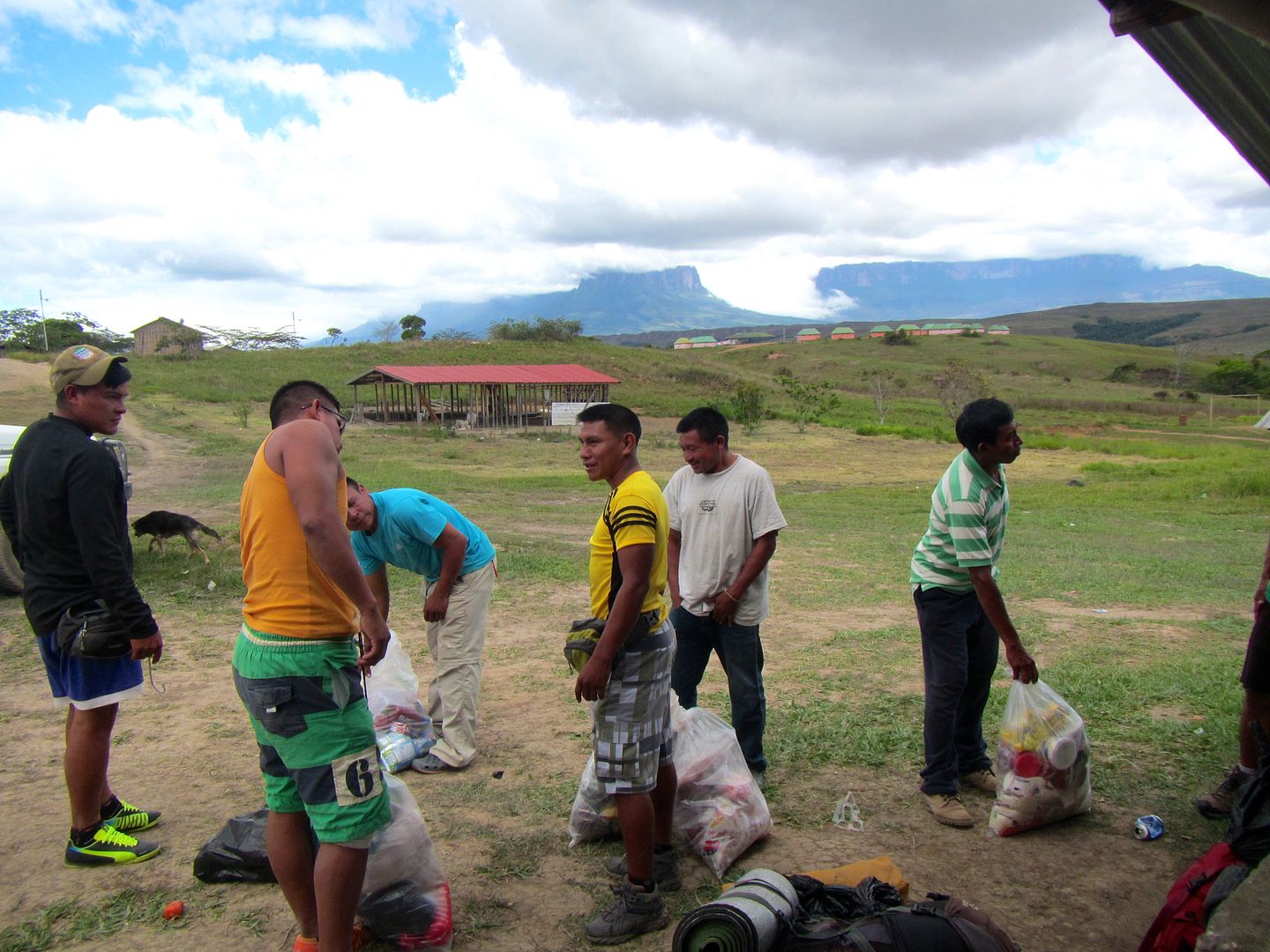
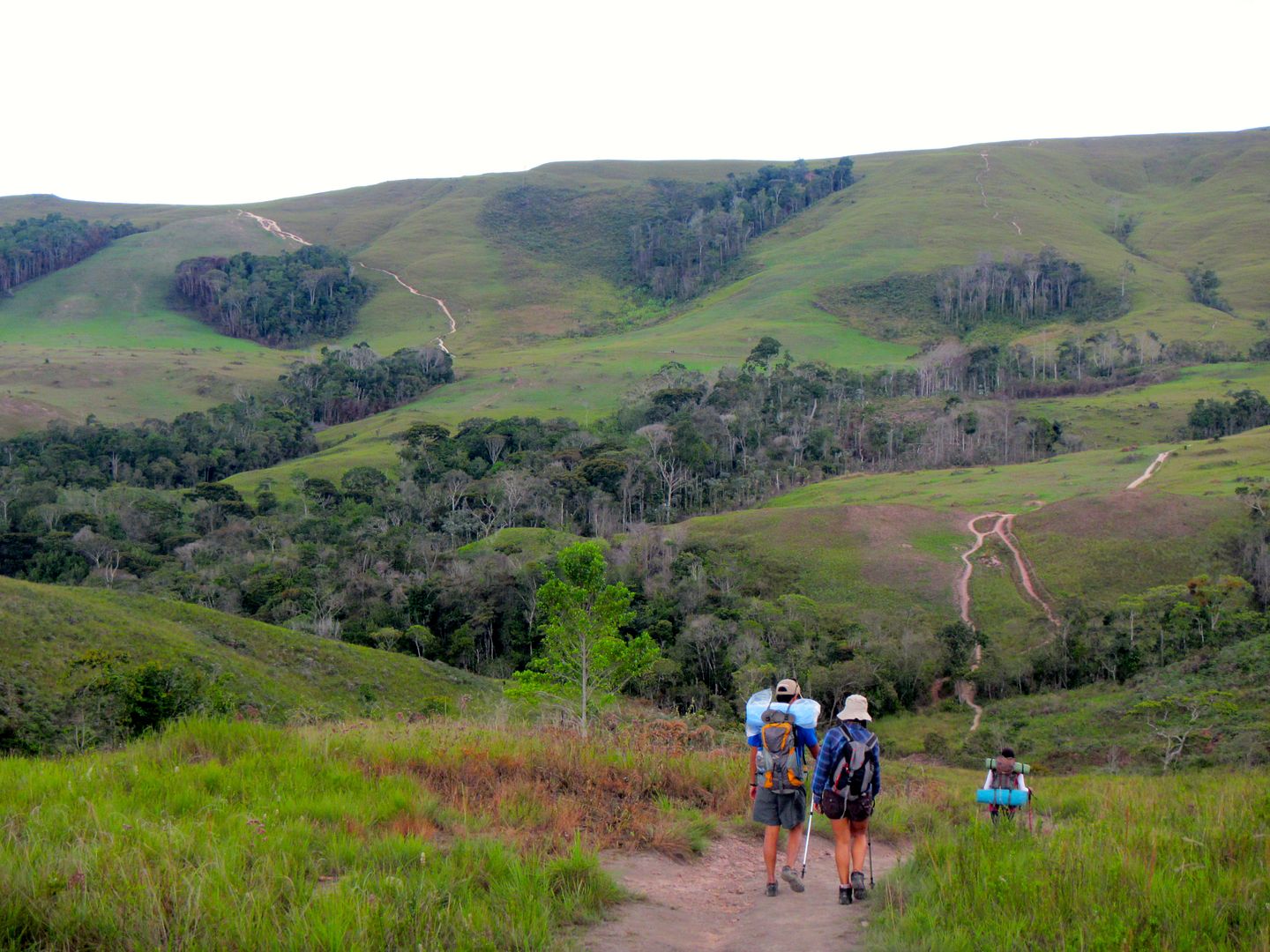
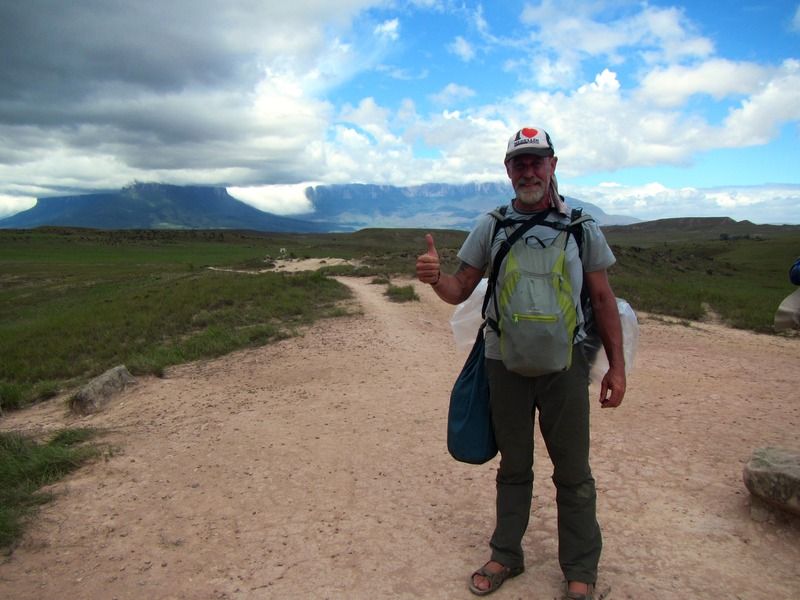
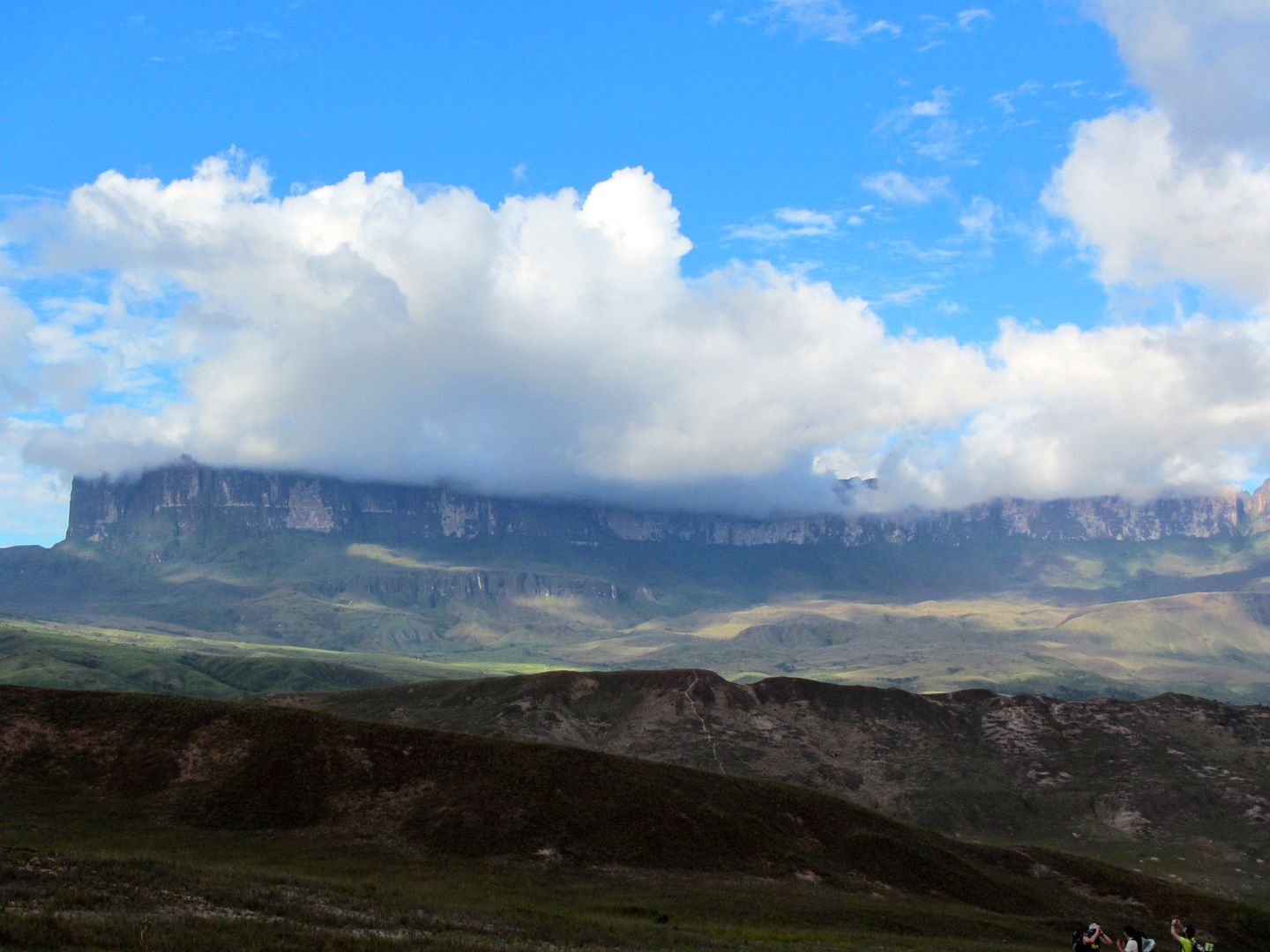
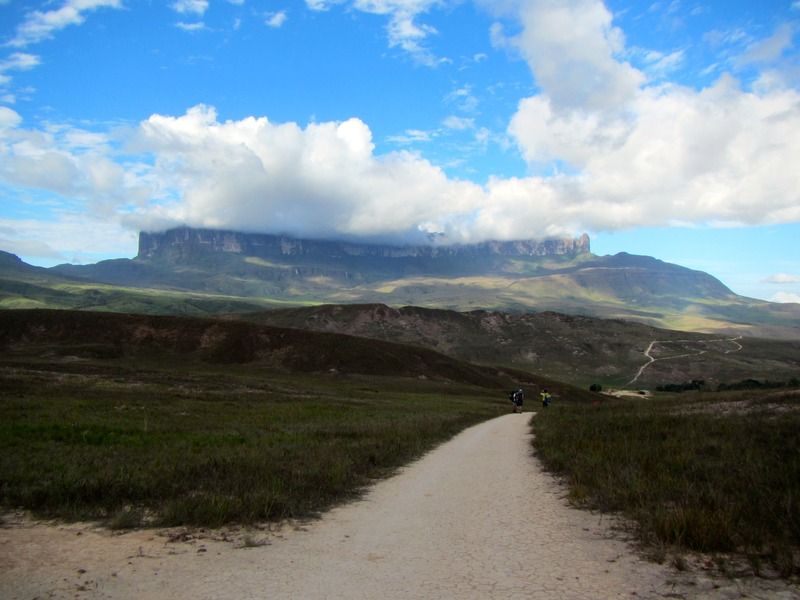
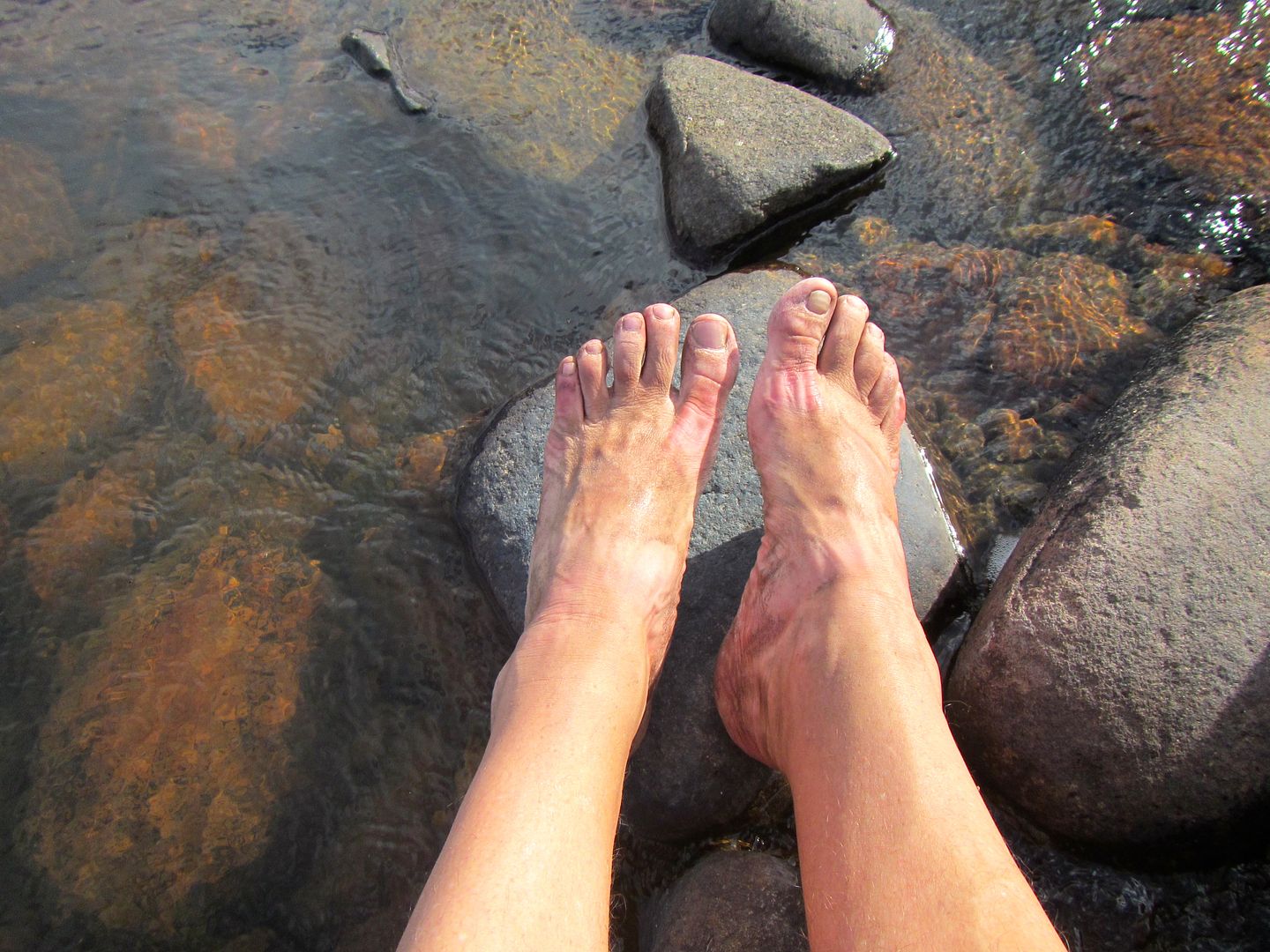
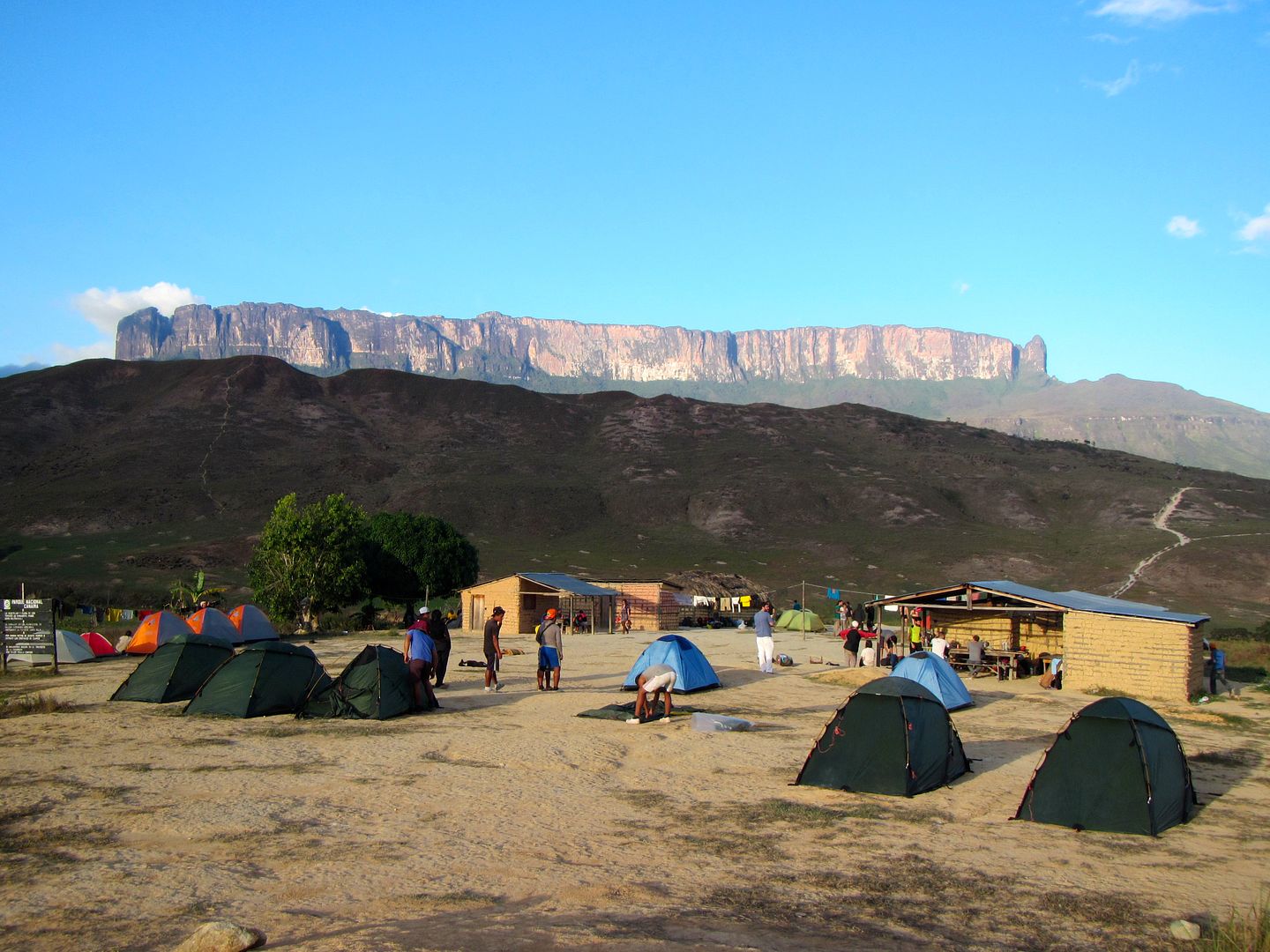
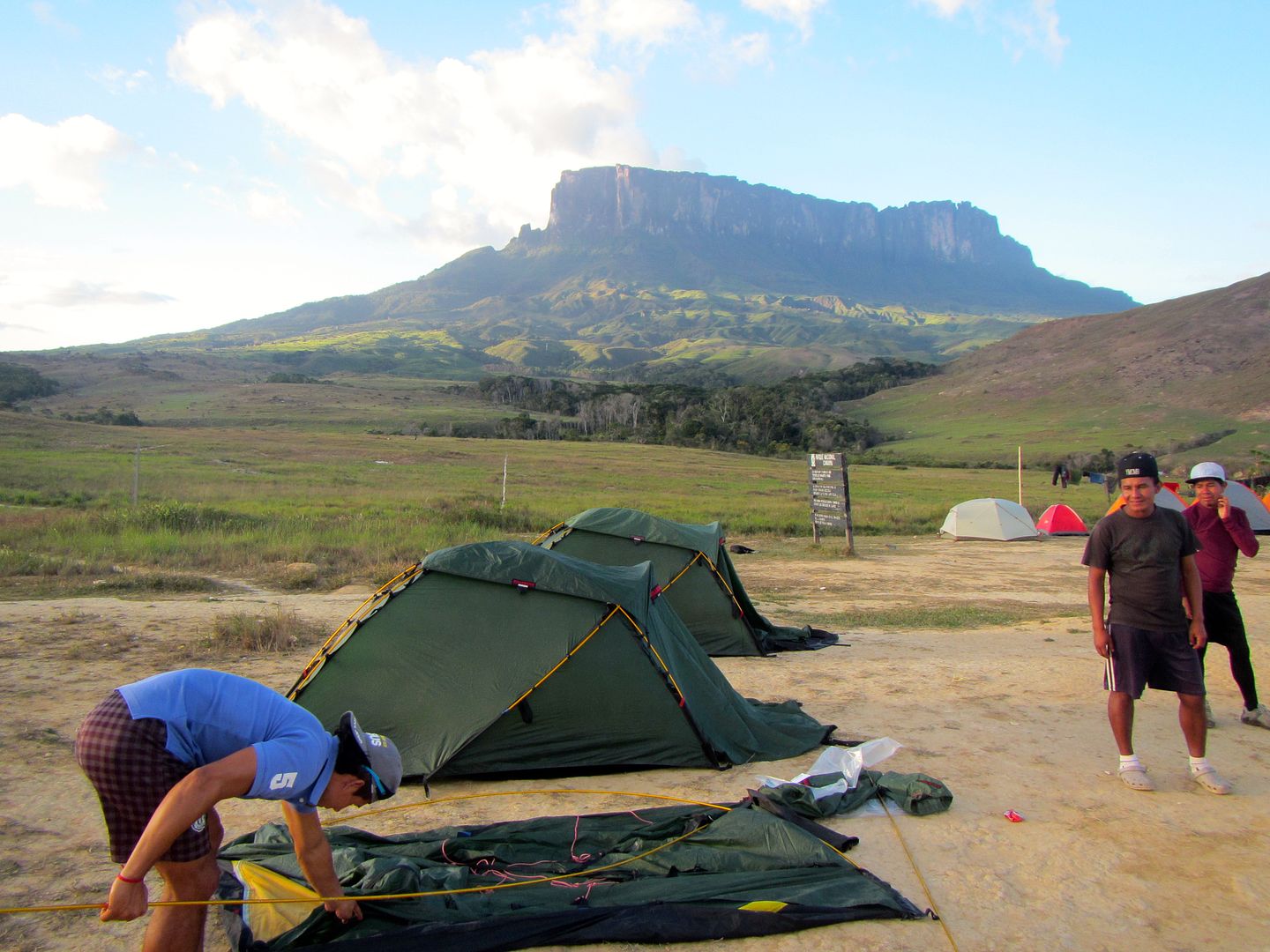

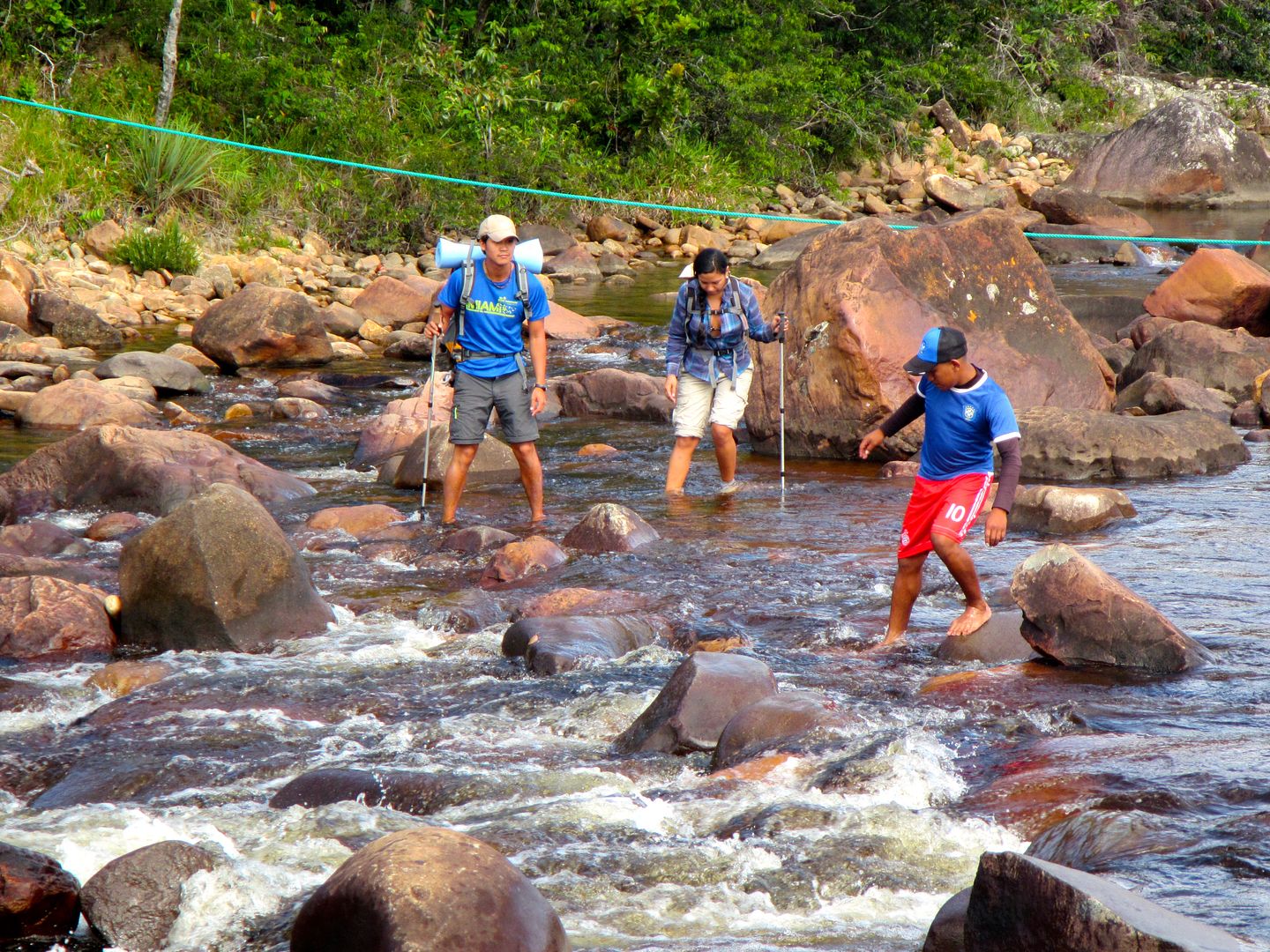
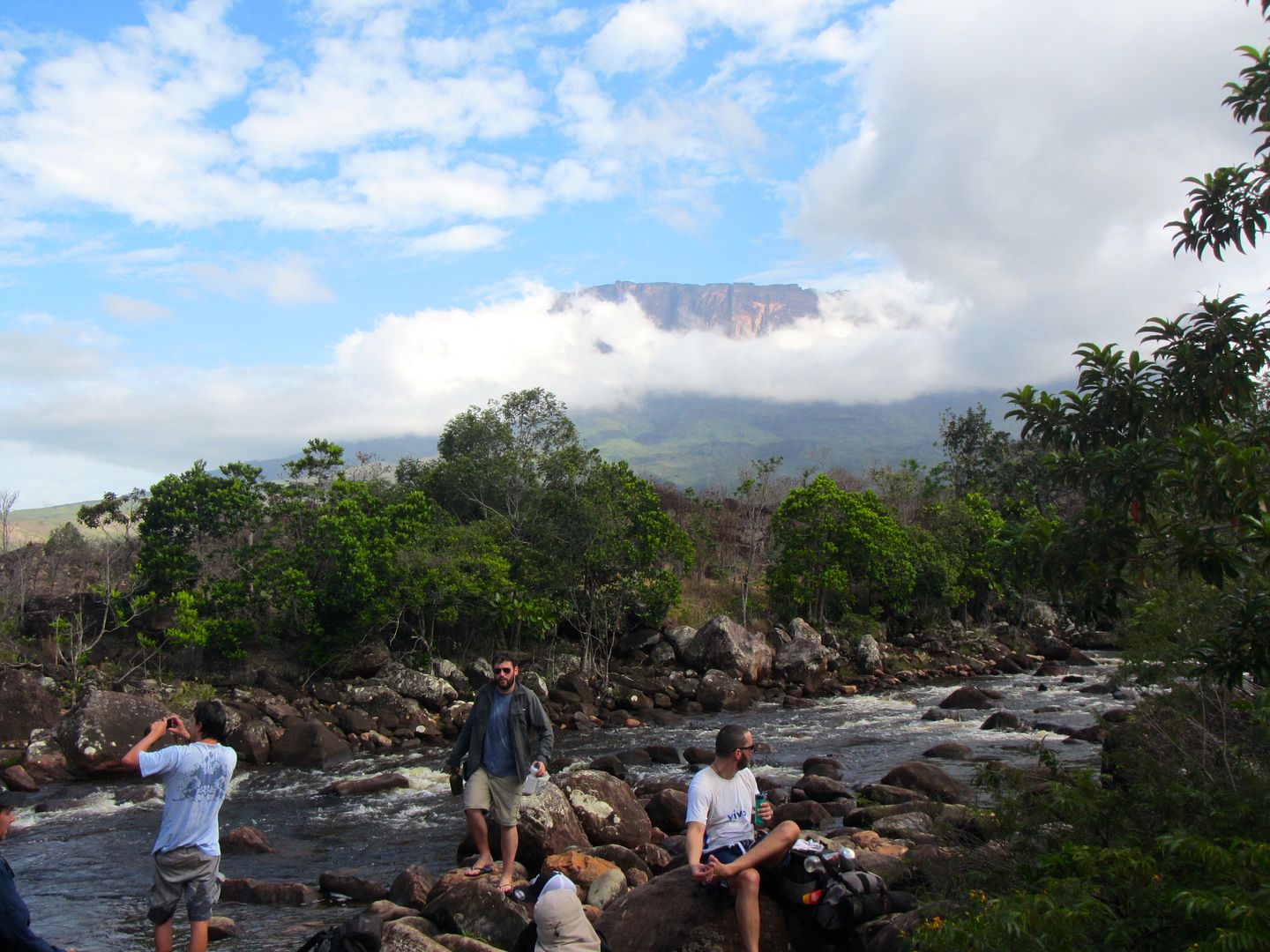
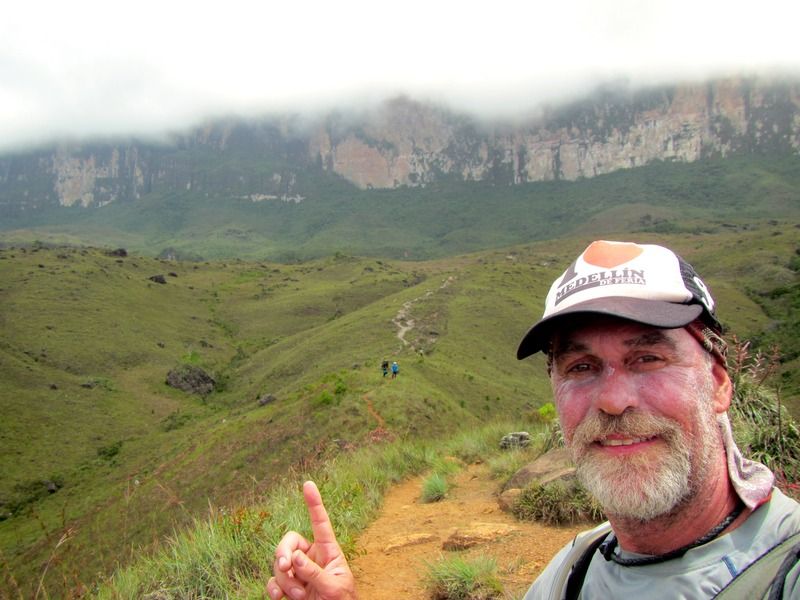
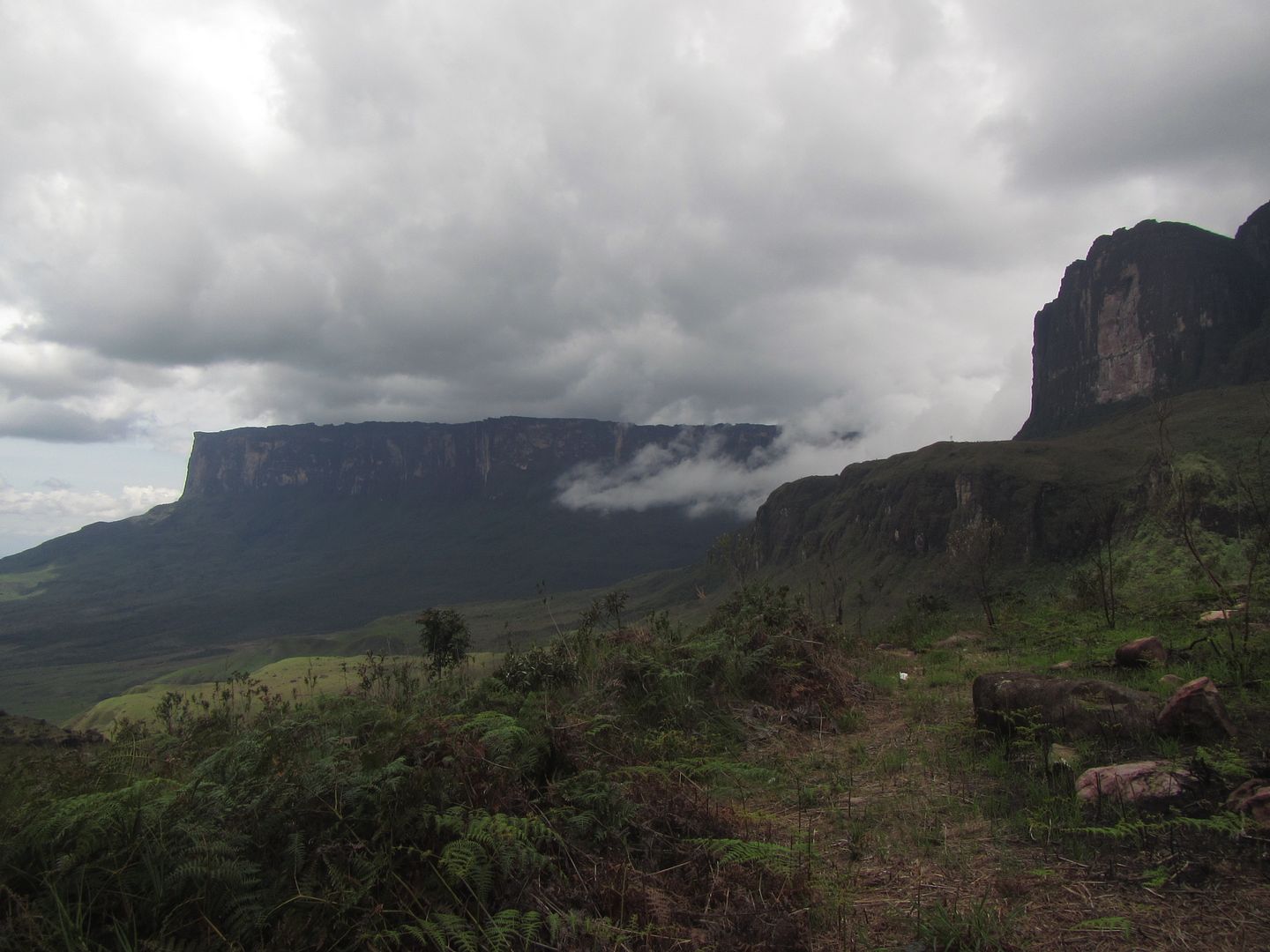
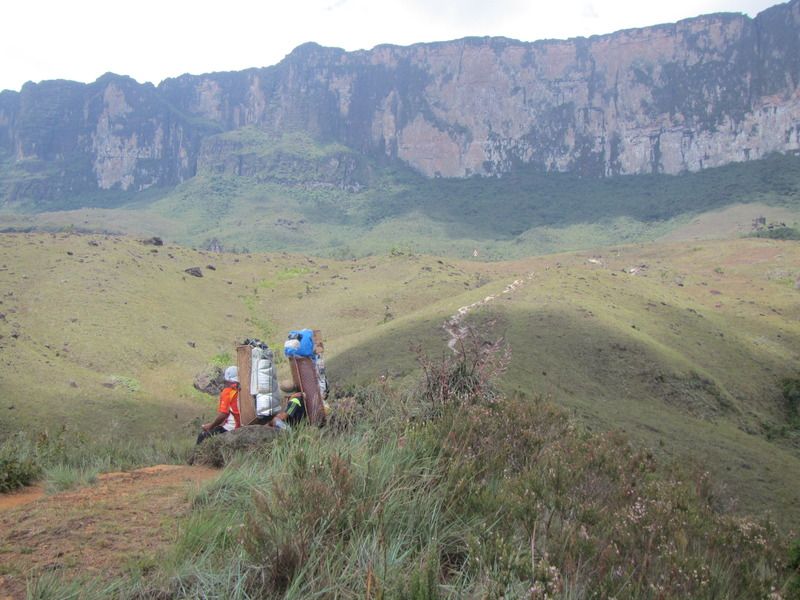
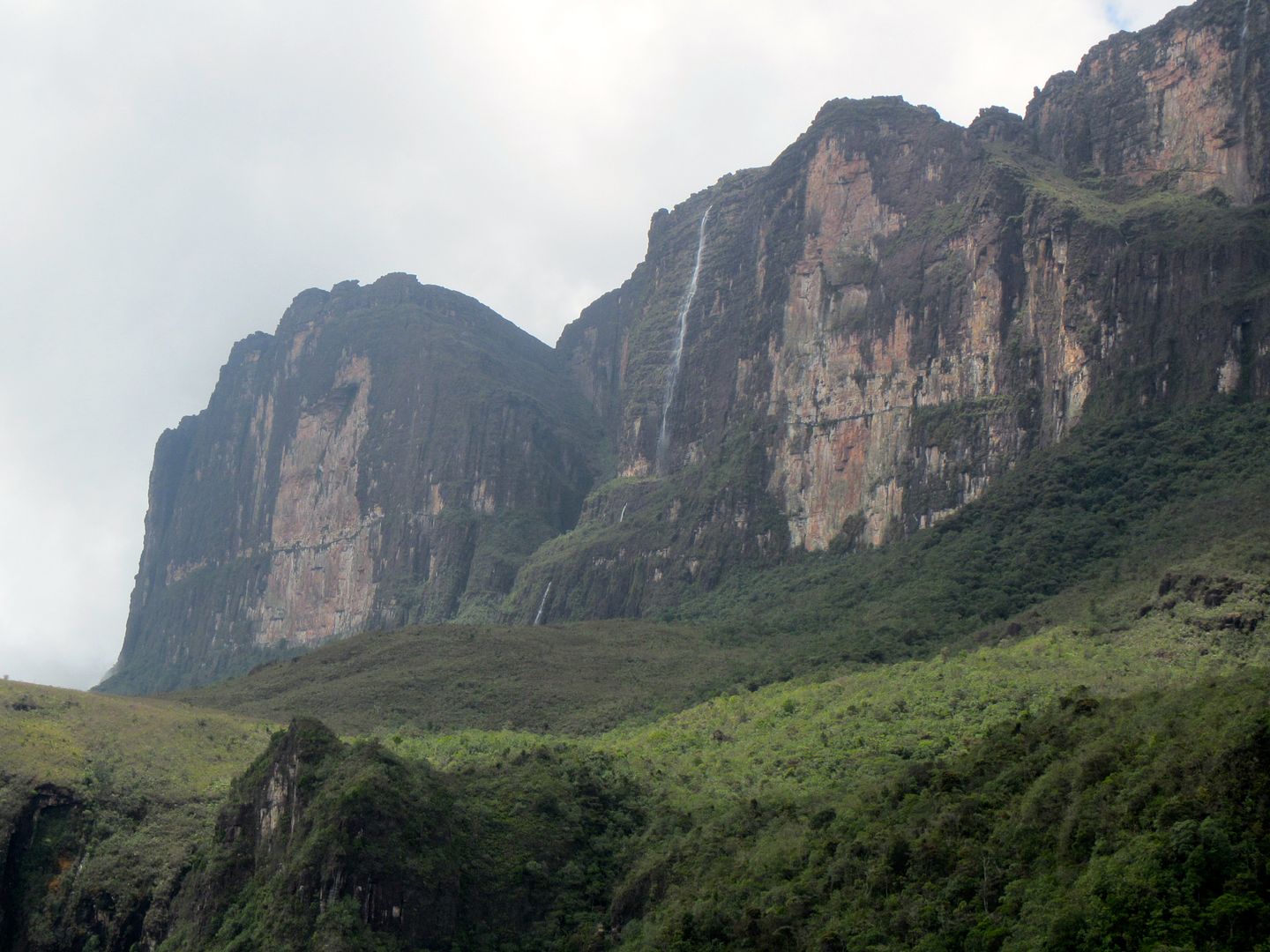
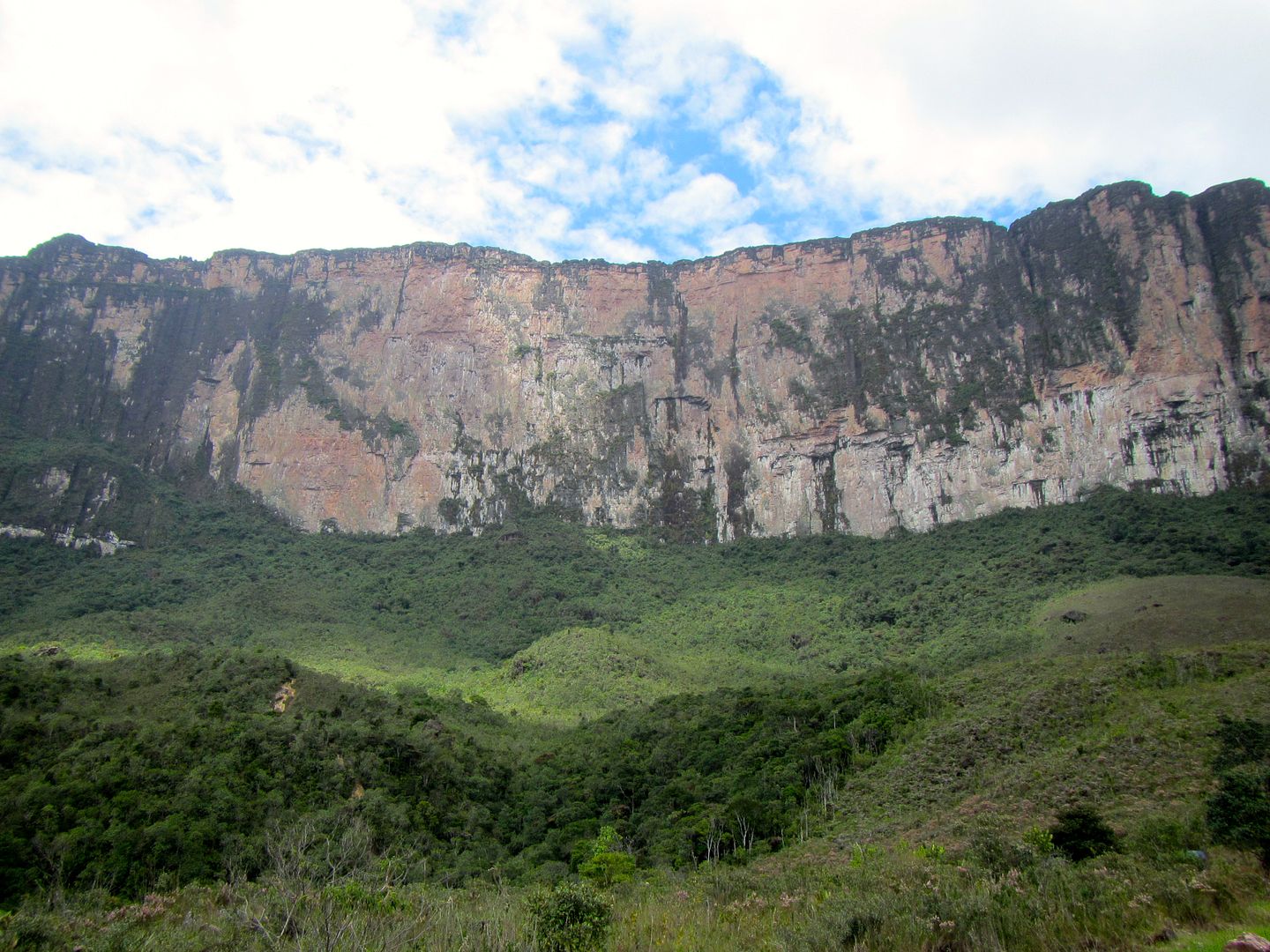

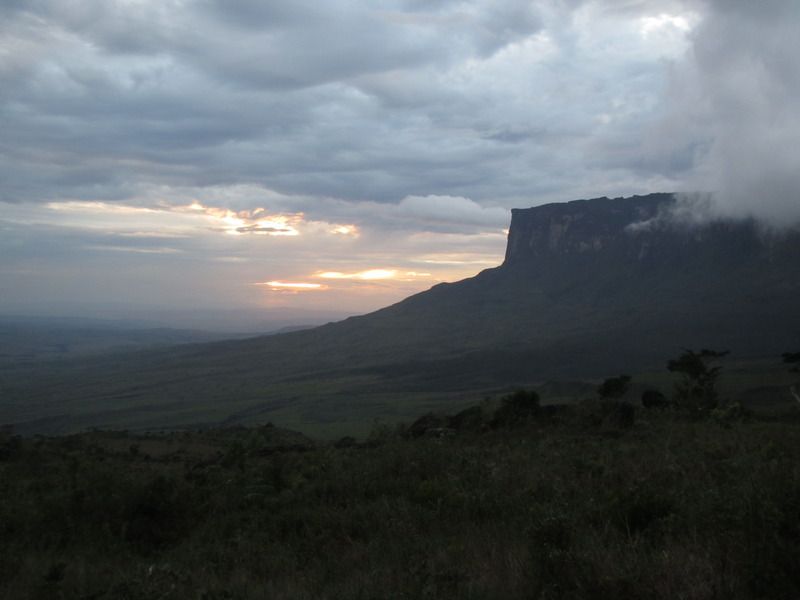
No comments:
Post a Comment